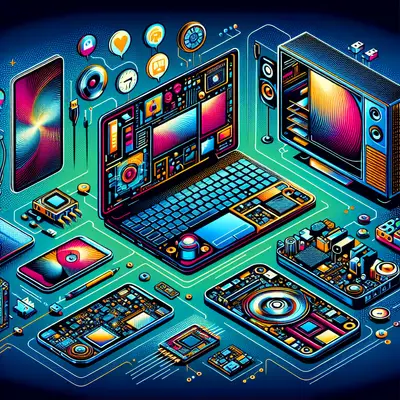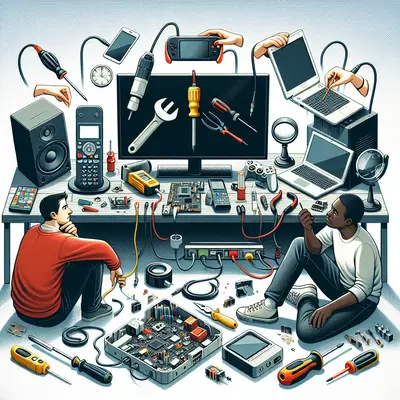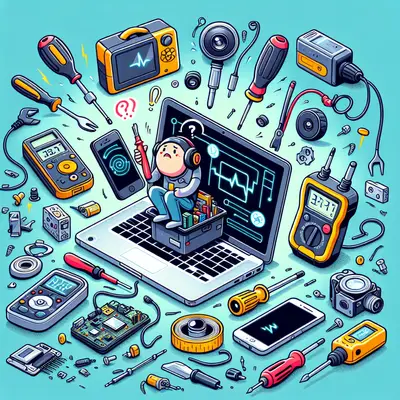Dead Battery
One of the most common issues with our electronic devices is the battery dying too quickly. Sometimes, it's due to an old battery that needs replacing. Other times, you may be able to extend the life of your battery by adjusting certain settings on your device. To do this, lower your screen brightness, close unnecessary apps running in the background, and turn off Wi-Fi and Bluetooth when you're not using them. If these steps don't work, you may need a new battery.
Slow Computer
A sluggish computer can be incredibly frustrating. Luckily, there are a few things you can try before resorting to a professional. Start by clearing your browser cache and deleting unnecessary files. If your computer is still slow after that, try defragmenting your hard drive or upgrading your RAM.
Unresponsive Smartphone Screen
Smartphone screens become unresponsive for a variety of reasons. It could be due to physical damage, an app causing issues, or a software glitch. Start by restarting your phone. If that doesn't work, try removing any recently installed apps. As a last resort, you may need to perform a factory reset.
Wi-Fi Issues
Wi-Fi issues can often be fixed by simply restarting your router. If that doesn't work, try moving your router to a more central location in your home, away from any possible obstructions. You can also try changing your Wi-Fi channel to avoid interference from other networks.
Printer Problems
Printers can be notoriously stubborn. If your printer isn't printing as it should, start by checking the connection between your printer and computer. Next, check the ink levels and ensure the printer has paper. If everything seems fine but your printer still isn't working, try reinstalling the printer drivers.
Conclusion
Remember, these are just general solutions. If you're still experiencing issues, it's best to consult a professional. However, with a bit of patience and the right tools, you can often fix common electronic problems yourself. Happy repairing!



